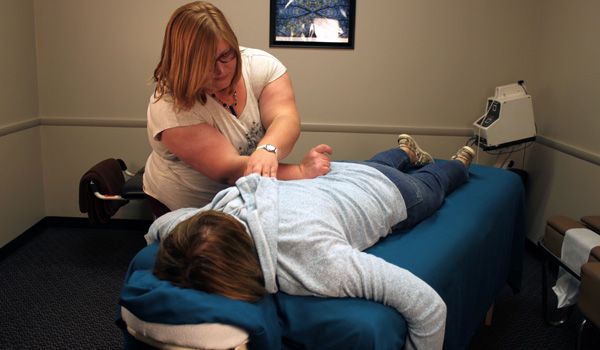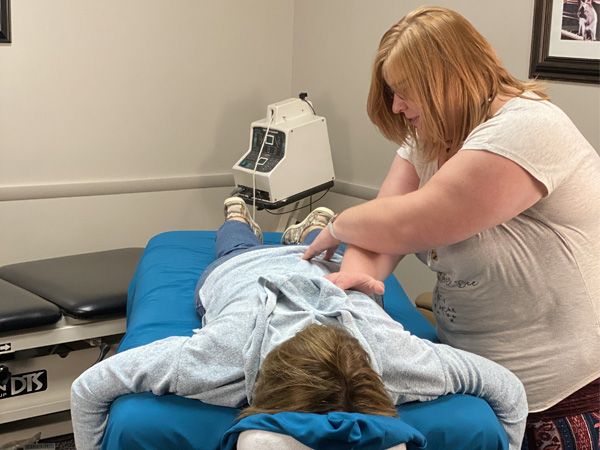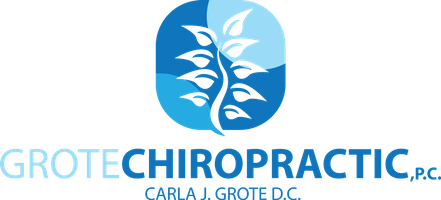The John F. Barnes' Myofascial Release Approach is a form of massage therapy that addresses fascia (or connective tissue) restrictions and imbalances. This holistic approach is used to promote wellness, decrease pain and restore movement. It can be helpful for individuals dealing with a variety of conditions, including neck and back pain, fibromyalgia, scoliosis, headaches, and chronic pain symptoms.
Benefits Include:

The Myofascial Release Approach is comprised of three parts: structural releases, unwinding and rebounding. A few techniques used in this program are, grounding, myofascial stretching, diaphragmatic breathing, body scans and meditation. Combining body stretches with mind exercises helps with healing the whole body.
Grounding, body scans and meditation are about re-establishing the connection between your mind and body and bringing awareness to how your body feels. Diaphragmatic breathing is important for decreasing tension, tightness and bracing patterns due to pain. It also helps with shifting the nervous system from alert mode to a peaceful mode. Myofascial stretching is a form of "stretching that addresses the shortening and solidification of the fascia (connective tissues) in order to release fascial restrictions and tensions.
Facial restrictions can be caused by bad posture, injury, inflammation, surgery or even the body's natural response to brace against pain, trauma and stress. Since these connective tissues runs throughout our entire bodies, a fascial restriction in one area can cause other restrictions in several other places. This is why the combination of myofascial structing and body awareness is important.

Most chronic tightness is caused by is caused by tightness in the collagenous component of the fascia and dehydrated ground substance. Myofascial stretches are held for at least 5 minutes and focus on the permanent releasing and rehydrating the collagen. Traditional stretches are only 10-30 seconds long and do not focus on engaging the collagenous barrier, which is why myofascial stretches are more effective. Since traditional stretches only focus on elastin, they produce temporary results.
Myofascial stretching is not about forcing tight tissues to stretch a certain way, but rather a gradually process of active elongation. During these stretches, an induvial telescopes at end range, allowing their body to stretch each and every piece gradually. Presence is also an important component of these stretches. An individual needs to be actively participate by bringing full awareness to their body during each step of the stretch.
This is more than a one-and-done massage treatment. Clients who receive this treatment are encouraged to be active participants in their well being and in this healing process. Dr. Carla works with her patients to create a holistic program that combines proper self-treatment with hands-on therapy.

